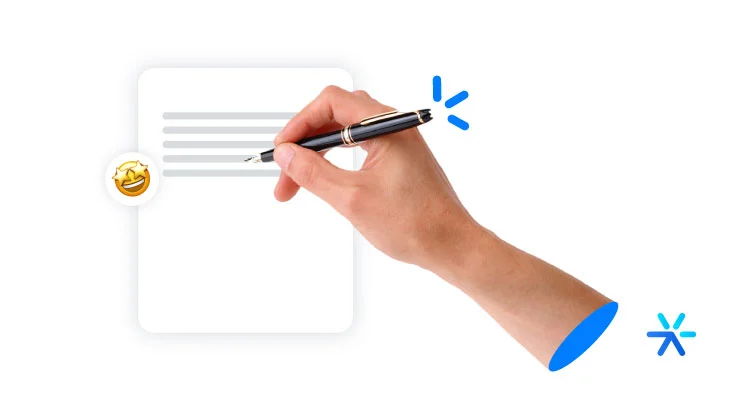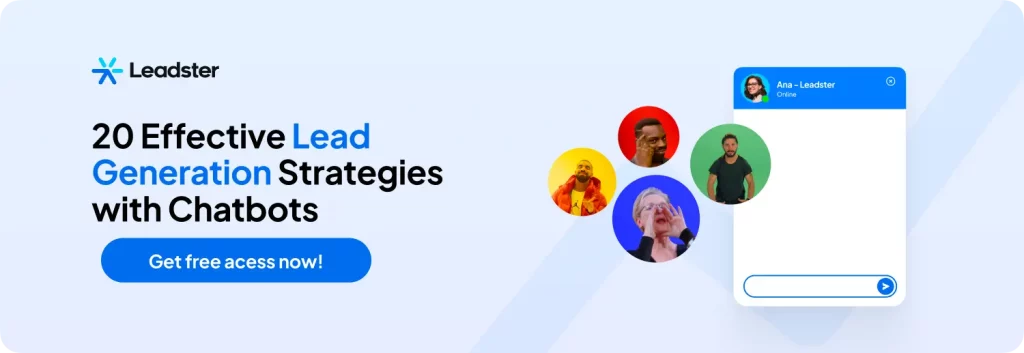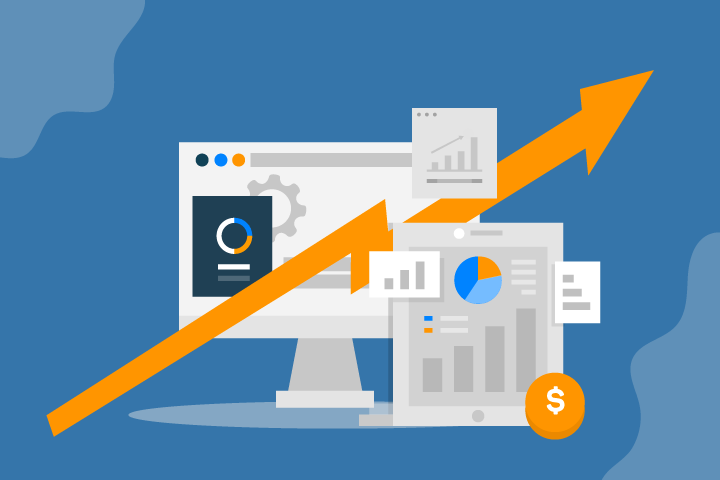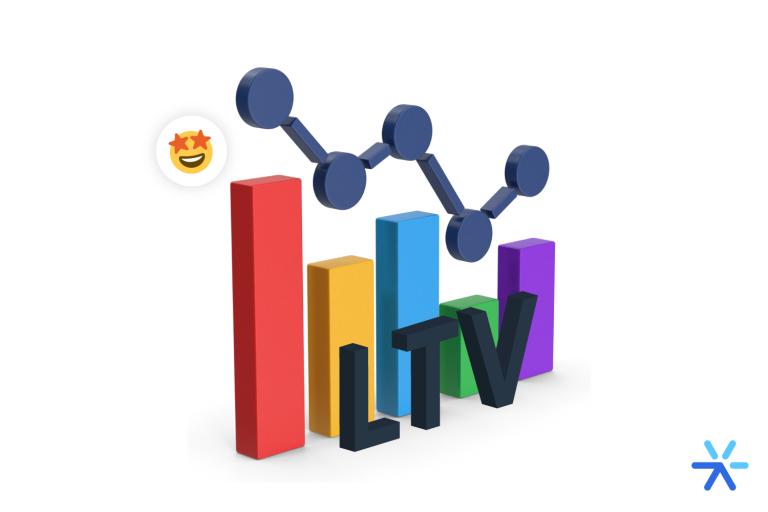What is an SDR and What Are the Main Attributes of This Role?
Want to better understand what an SDR Is and their role in the sales process?
Check out the full article we’ve prepared on the topic.
In it, you’ll learn about the attributes of a Sales Development Representative, the different types of SDRs, and the ideal profile for this type of professional.
What Is an SDR (Sales Development Representative)?

A Sales Development Representative (SDR), or pre-sales professional, is responsible for prospecting and qualifying leads for sales through outreach, asking questions, sharing educational content, offering support, and even providing trials or samples.
They also determine which leads are ready for a sales representative’s approach and ensure the sales process continues smoothly.
Read also: How the Pre-Sales Area Can Improve Your Results
What Are the Main Types of SDRs?
There are different types of SDR professionals, whose roles vary based on factors such as average ticket size, company size, sales team structure, lead volume, sales cycle complexity, and the company’s strategy.
Here are the main types:
Low-Touch SDR
A Low-Touch SDR is responsible for making the first contact and gathering the necessary information for lead qualification.
They identify whether leads fit the ideal customer profile and then forward the most qualified ones for the next stage in the sales process.
This role is best suited for companies with shorter sales cycles and lower average ticket values.
High-Touch SDR
A High-Touch SDR not only initiates contact and qualifies leads but also takes the time to understand the customer’s needs, providing more detailed information to the sales representative who will continue the process.
This role often requires multiple interactions with the lead before handing them off.
If your company has a more complex and lengthy sales cycle or higher average ticket values, this profile might be a better fit.
BANT SDR
BANT is a High-Touch SDR methodology developed by IBM as a pre-sales qualification standard.
According to this method, leads are qualified based on four fixed criteria:
- Budget – Can the lead afford the solution?
- Authority – Does the lead have the decision-making power?
- Need – Does the lead actually require the product or service?
- Time/Urgency – Is the purchase planned within a reasonable timeframe?
Leads that meet at least three out of these four criteria move forward in the sales process.
GPCT SDR
GPCT is another SDR methodology where each qualification criterion is scored from 0 to 3.
Leads with the highest scores are prioritized for sales outreach.
The criteria include:
- Goals – What are the lead’s objectives?
- Plans – What are their strategies to achieve those objectives?
- Challenges – What obstacles are they facing?
- Timing – What is their timeframe for solving the problem?
You might also like: What Is Sales Management? Tips and Tools
What Are the Main Responsibilities of an SDR?

An SDR is part of the sales team and helps accelerate the sales cycle.
They handle initial interactions to establish relationships with leads and assess their qualification before moving them further into the sales funnel.
Here’s what an SDR’s role enables:
Faster Lead Engagement
When leads are approached quickly, businesses have a better chance of converting them.
- 50% of leads choose the company that responds first.
- A lead is 21 times more likely to move forward in the buying process if contacted within 5 minutes rather than 30 minutes.
SDRs, focused on first contact, are often faster than sales representatives, who juggle multiple responsibilities.
Identifying the Right Fit
An SDR’s outreach helps determine whether the lead actually needs the company’s solution.
They assess whether the lead has the right profile—budget, decision-making power, urgency, and potential competitors—before passing them on to the sales team.
This ensures that sales reps engage only with qualified leads and are better prepared for their sales conversations.
“Selling” the Meeting with a Sales Rep
An SDR also works to persuade qualified leads to continue the sales process.
Often, the SDR is responsible for scheduling a call or meeting with a sales rep, helping close deals faster.
Check out: Close More Deals with These Ready-to-Use Sales Script Templates
Improving Sales Team Performance
Since SDRs act as a filter before passing leads to sales reps, they improve sales performance in two key ways:
- Sales reps receive higher-quality leads, increasing conversion rates.
- Sales reps get better insights about leads’ needs, allowing them to tailor their approach and offer the right solutions.

What Is the Ideal SDR Profile?
The ideal SDR profile depends on the company’s industry and culture. However, strong SDR candidates typically have the following traits:
Resilience
SDRs handle the first sales interactions, often encountering uninterested or unqualified leads.
They must be able to handle rejection without losing motivation, as hearing “no” is a routine part of their job.
High Productivity
The success of a pre-sales team depends on SDRs maintaining high productivity.
This means not only reaching out to a high volume of leads but also ensuring the quality of lead qualifications.
Strong Communication Skills
Since SDRs primarily use phone calls, chat, social media, or WhatsApp, effective communication skills are essential.
Coachability
“Coachability” refers to the ability to receive feedback and implement it to improve performance.
While this is valuable in any profession, it’s especially critical for SDRs, as their role is constantly evolving based on market dynamics and company strategy.
Should I Hire an SDR for My Company?

Hiring an SDR or creating a pre-sales department isn’t necessary for every business.
An SDR is especially beneficial in cases where:
- Your company generates a large volume of leads.
- Your sales reps need to focus on other responsibilities.
- You need to improve sales process efficiency and conversion rates.
If your sales cycle is short and your average ticket is low, adding another contact step might not be the best strategy.
What Are the Benefits of Hiring an SDR?
Beyond helping you understand what an SDR is, we also want to highlight the advantages of incorporating this role into your sales process.
When we talk about a lead requesting a quote, making contact, or seeking a solution to a question, the chances of qualifying that lead drop by 80% if there is no response within 5 minutes.
However, only 17% of companies manage to meet this response time. (Source: Vendasta)
By implementing a pre-sales methodology in your company, you enhance the customer experience, increase conversion rates by identifying more qualified leads, and better prepare your sales representatives for their interactions.
All of this leads to more sales and improved financial results for your business.
13 Skills of a Great Pre-Sales Professional

If you’re considering investing in this type of role or if you want to become a pre-sales professional yourself, here are some essential skills:
1. Understanding Prospecting and Its Details
An SDR is one of the key pillars of commercial prospecting.
Understanding this process is just the first step to becoming a great professional.
Check out: What Is Sales Prospecting and What Are the Methods for Finding Clients?
2. Knowing the Prospect
Having in-depth knowledge of the company’s market, the ideal customer profile, and the challenges and needs of leads improves sales approaches and results.
3. Being Extremely Organized
Organization is another essential skill for an SDR.
This professional must handle the sales flow, identify and categorize qualified leads, and ensure smooth transitions in the pipeline.
Using a CRM system is highly recommended to support these tasks.
4. Being Disciplined
Achieving results requires discipline to track progress and meet daily goals.
5. Seeking Self-Awareness
An SDR must be able to identify areas for improvement in their work, such as productivity and performance.
6. Not Just Knowing, but Believing in the Product
When a pre-sales professional not only understands the product but also genuinely believes in it, it makes a significant difference in how the customer perceives the conversation.
7. Mastering Daily Tools
Sales tools streamline the entire sales process, including prospecting.
An SDR must be familiar with the tools the company uses to execute their tasks efficiently.
8. Aligning Well with the Sales Team and Other Departments
Since pre-sales professionals work closely with sales reps, alignment between teams is essential.
This ensures that all departments operate with the same focus and follow the company’s overall objectives.
9. Smoothly Handoff Leads to Sales, Avoiding Drop-offs and Low Engagement
Since the lead’s first interaction is with one professional and the sale is completed by another, the transition must be seamless.
An SDR should know how to “sell” the salesperson, instill confidence in the lead, and maintain their engagement for the next step.
10. Keeping an Eye on the Competition
Monitoring competitors’ strategies is also valuable.
Encourage pre-sales professionals to analyze the strengths and weaknesses of competitors, as these points may come up in conversations with leads who might argue that a competitor offers better benefits.
Read also: Sales Objection Matrix: What It Is and How to Create One
11. Acting as a Consultant, Not a Salesperson
An SDR doesn’t sell the solution directly—they serve as the bridge between the lead and the salesperson.
Thus, their role is more like that of a consultant, focused on understanding the lead’s needs and assessing their fit with the solution.
12. Respecting the Lead’s Timing
Understanding and respecting the lead’s timing is crucial, especially when multiple follow-ups are needed before transitioning the lead to a sales rep.
An SDR must avoid being intrusive, as this could harm the relationship.
13. Making a Great First Impression
A pre-sales professional represents the company and must create a positive impression during their interactions.
Without this, it’s unlikely that the lead will want to continue the conversation.
Did you enjoy our article?
Did it help you understand what an SDR is and the role this professional plays in businesses?
We hope you can now evaluate whether implementing this methodology is the right move for your company.
Be sure to check out our 14 day trial! Just click on the banner below.








